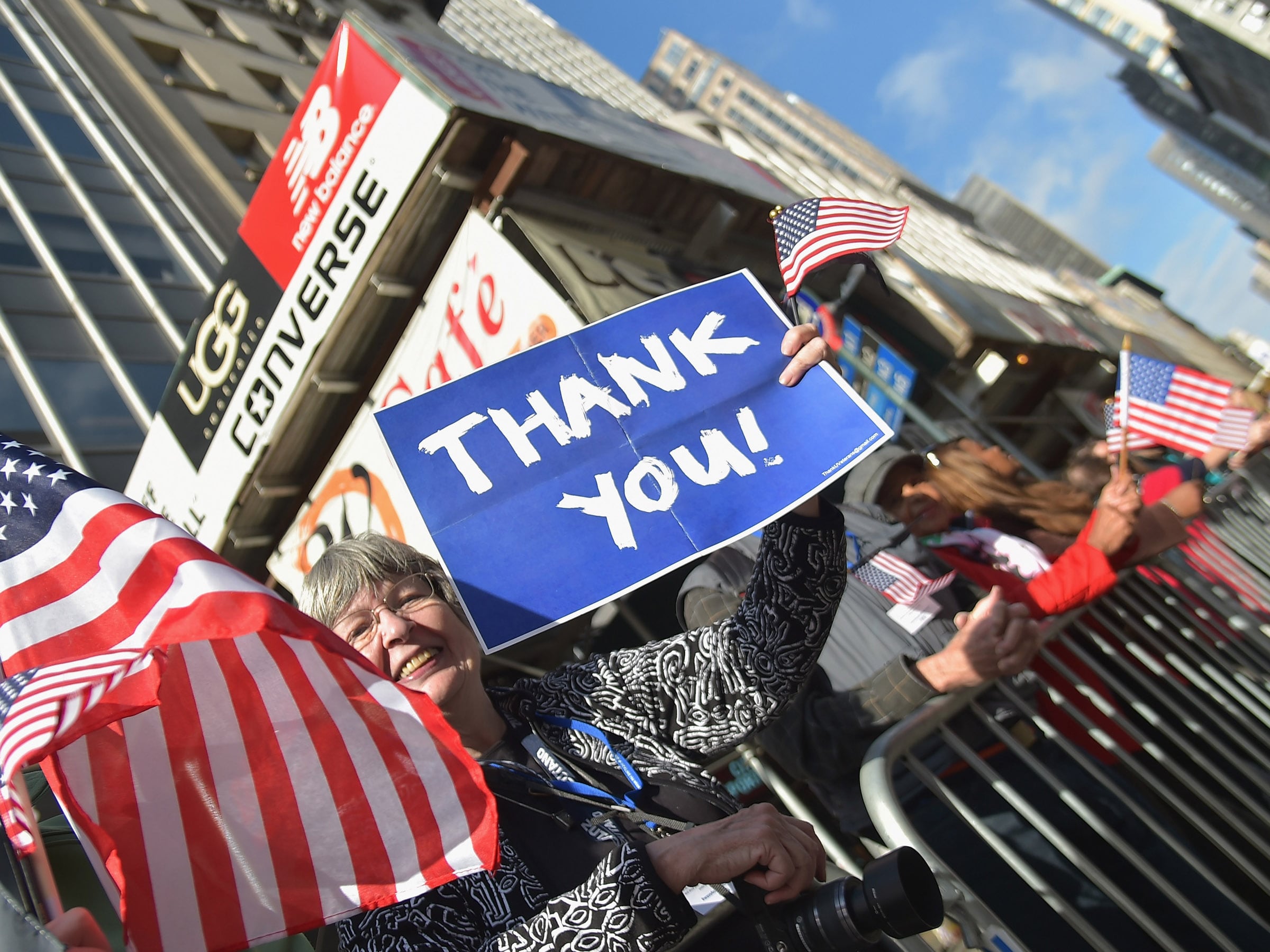Veterans with low disability ratings often earn more annually than their non-disabled peers, but those with more significant service injuries lag significantly behind other veterans in personal income, according to a new analysis from the Congressional Budget Office.
The findings come as the Department of Veterans Affairs continues to see its annual disability compensation costs rise each year. In fiscal 2022, those payouts totaled $125 billion, almost 45% of all department spending.
Veterans with disability ratings can span a range of ailments, including physical wounds, illnesses linked to military toxic exposure, traumatic brain injury and post-traumatic stress disorder. In 2022, about 30% of all veterans in America had some compensable service-connected disability.
CBO researchers found that contrary to stereotypes, a veteran collecting disability payouts is more likely to be younger than the average veteran, be married, and to have a college degree. About one in five veterans with any disability rating are not in the American workforce.
RELATED

Based on census reports and available VA data, CBO said the average earnings for male veterans with a disability rating in 2019 was $52,200 — roughly $10,200 (16%) below that of non-disabled veterans.
However, the range of earnings for those injured and infirm veterans varied widely. Veterans with low disability ratings (10% or 20%) averaged about $3,100 more than their non-disabled peers, a 5% increase. Those with ratings 70% or higher earned nearly 40% less than non-disabled peers.
The report found similar trends with women veterans. Non-disabled veterans averaged $42,900 in annual earnings. Women veterans with a 10% or 20% rating were about $2,300 higher (5%), while those with a rating of 70% or more were $16,000 lower (38%).
The difference typically comes down to an individual’s ability to work, according to the report. Veterans with low disability ratings average about $2,300 in payouts from VA over the course of a year, but have been able to maintain full-time jobs and keep pace with their peers.
“Veterans with a rating of 10 percent or 20 percent probably had relatively minor service-connected medical conditions (such as scars or tinnitus) that did not affect their ability to work,” researchers wrote.
Conversely, veterans with high disability ratings averaged $29,200 in payouts but “had the lowest labor force participation rate,” restricting them to part-time employment or no steady work.
Researchers found similar earnings trends among veterans attending college full-time or part-time, although income from other sources — such as the VA’s GI Bill benefits — played a large role in those financial totals.
Report authors did not draw any conclusions about whether any changes are needed in the veterans compensation system but said that the findings will “allow policymakers and others to compare the financial security of veterans receiving disability payments with that of veterans not receiving payments as a way to gauge the importance of that compensation.”
The full report is available online at the CBO website.
Leo covers Congress, Veterans Affairs and the White House for Military Times. He has covered Washington, D.C. since 2004, focusing on military personnel and veterans policies. His work has earned numerous honors, including a 2009 Polk award, a 2010 National Headliner Award, the IAVA Leadership in Journalism award and the VFW News Media award.





